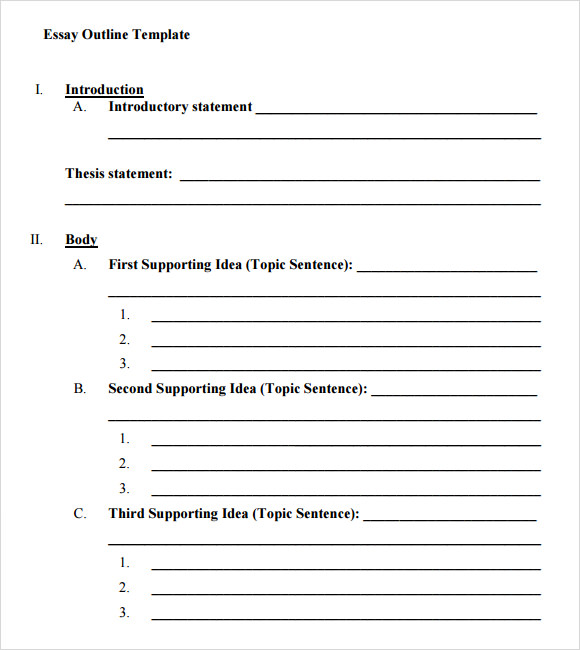Transitive and Intransitive Verbs - English Grammar.
An intransitive verb is the opposite of a transitive verb: it does not require an object to act upon.
An intransitive verb does not pass the action to an object. He arrived. Here we cannot have an object after the intransitive verb arrive. You cannot “ arrive something” (incorrect). An intransitive verb expresses an action that is complete in itself and it doesn’t need an object to receive the action.

Use these words or phrases to complete those sentences in Exercise A that have Intransitive Verbs. Write the complete sentences on the lines below. With the words or phrases that are left over, add your own subjects and verbs and write the complete sentences on the remaining lines below.

The Best Essay Writing Company: How to Choose from the List. Selecting the best essay writing how to write an intransitive sentence company among the rest will be so much easier once you understand the tips explained in this article.

Intransitive verbs are verbs that do not have a direct object. Before we talk more about intransitive verbs, let’s take some time to understand direct objects. A direct object receives the action of a verb in a sentence. This means that the verb is done to the direct object.

Two of the most basic verb classifications are transitive and intransitive. Some verbs can be either transitive or intransitive, depending on the sentence. In English there is no way to tell whether a verb is transitive or intransitive simply by looking at it, so, instead, you need to look at how it is being used in the sentence.

Intransitive verbs An intransitive verb does not have an object. In the following sentences, cry, work, laugh, and talk are intransitive verbs: The baby was crying.

An intransitive verb is one that does not take a direct object. In other words, it is not done to someone or something. It only involves the subject. The opposite of an intransitive verb is a transitive verb.

An intransitive verb does not take an object. Using an object immediately after an intransitive verb will create an incorrect sentence. However, there may be other information after the verb, such as one or more prepositional phrases or an adverb. Example Correct: The students arrived at the residency in Houston. Incorrect: The students arrived Houston.

What are transitive and intransitive verbs? Most sentences have a subject (the thing or person who is carrying out an action), a verb and an object (the thing or person that is involved in an action, but does not carry it out), for example: In this sentence I is the subject, cleaned is the verb and the car is the object.

A transitive verb must have a complement, or a noun that immediately follows it. We call that noun the direct object. Intransitive verbs, on the other hand, have no direct object. Look at the.

The goal is first to locate the verb in the sentence, and then try to locate the object of the sentence. If the sentence has no object, direct or indirect, then the verb is certainly intransitive in that sentence. If there is an object, and the verb acts upon that object, the verb is transitive.

Transitive verbs are action verbs that have a direct object. Action verbs describe physical or mental actions that people or objects do ( write, dance, jump, think, feel, play, eat ). A direct object is the person or thing that receives the action described by the verb.


